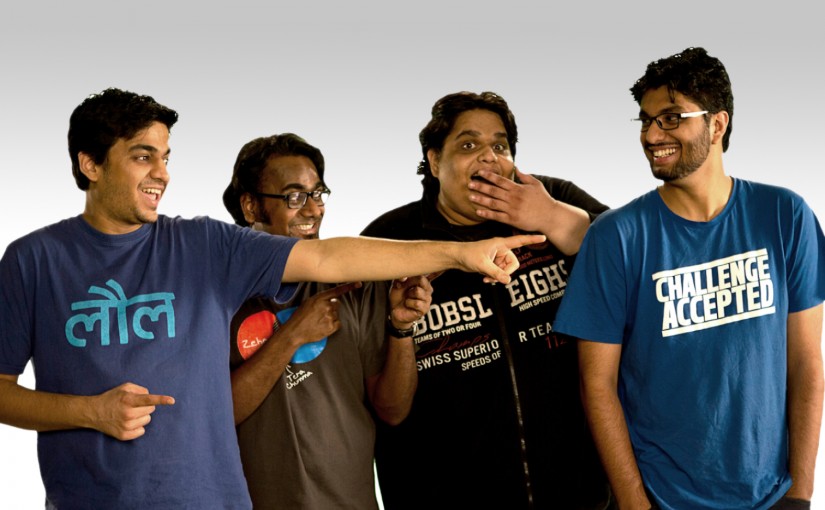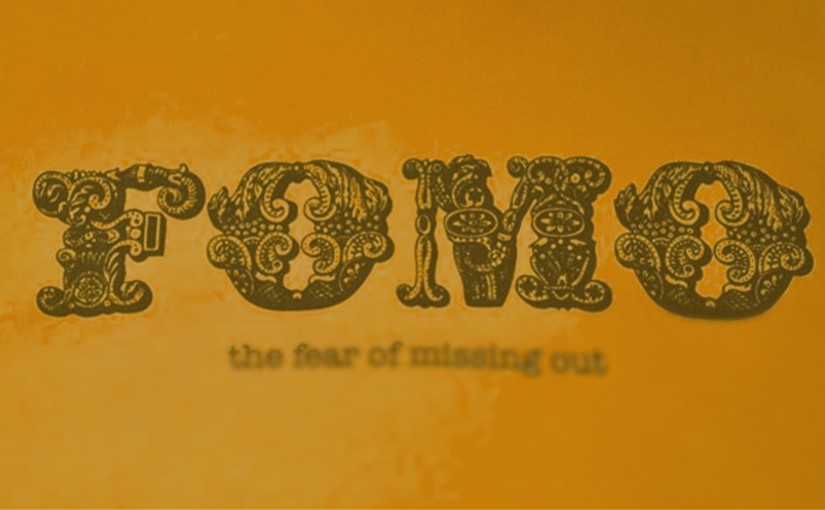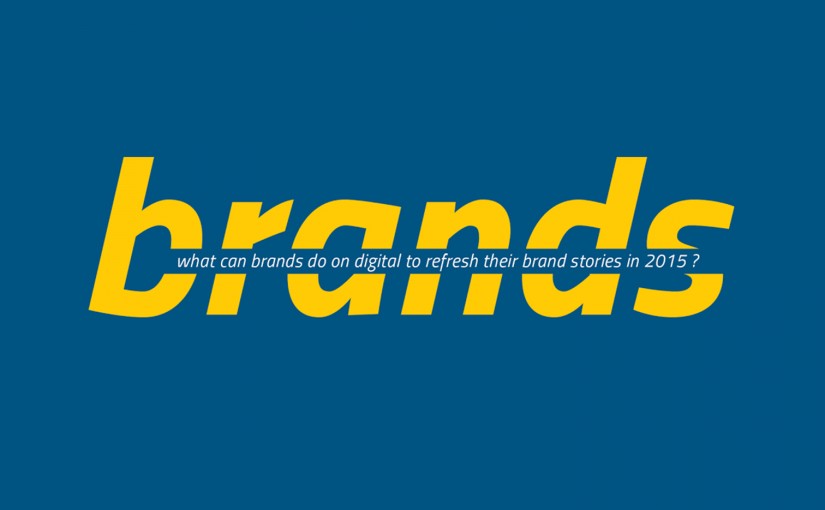Drop us a few lines about the task and we will get back immediately to see we how we can take the discussion forward. Alternately, just pick up the phone and speak with us at +91 9910034330 and we would be happy to help.
- - Do tell us a little about the nature of your business.
- - Be specific about what you’d like us to help you with.
- - Knowing your budget always helps us plan a suitable intervention.
- Blog
Colloquium, IIM Ahmedabad, on Social Media and Business
-
Colloquium, IIM Ahmedabad, on Social Media and Business
As Amita mentioned in the previous post, we were invited by IIM-Ahmedabad to curate the Colloquium segment of their quarterly journal Vikalpa. Here is my introduction to the wonderful pieces written by some of the thought leaders in the social media space. Do tell me what you think.
Also, download your copy of the edition here.
———————————————————————————————————————————————————————-As I write this note, Google has just launched a new initiative egging people on to ‘take action’ and ‘join together to keep the internet free and open’, even as ‘some governments try to increase censorship and regulate the internet’.
A headline in a marketing newsletter I receive every morning, announces, ‘Social media is revitalising the future of TV’. Indeed it is, as the world gets divided between leaners and potatoes, both live-casting their commentary and opinion on TV programming, albeit one watching programmes on call, the other still following a more analog approach to TV viewing (even as the content itself could be in a digital format).
Social media has, on one hand, energised some equations, but on the other, has also reversed many. As a case of the former, consider research and insights. Where months were required to draw inferences from gathered data, today we can achieve the same in real-time, through the river of data, content, and news available to analysts.
To understand the reversal of equations, let’s look at how the powerful today, are the most vulnerable, in terms of impact on reputation. When you don’t have a reputation, all you want is attention, I often say.
Politicians, journalists, cinema stars and large business groups are all under the scanner, and are at the mercy of individual, and, group attacks from stakeholders and pressure groups, but also from trolls. Motivations may vary from bonafide to absolutely malicious.
It is a new world – a world where everyone has the ability to influence opinion; a world where everyone has the ability to influence purchase; a world where distances are down to zero; a world where voice has speed greater than light; a world that pushes away any attempt to regulate it, except through mechanisms of self-regulation; the world that is today is a world shaped by social media and the free-flow of conversations that the phenomenon enables and endorses.
Juxtaposing this fast-paced change on business, marketing, communication, research and content, however, is not seamless. There are no clean-cut transitions in the real world. No start points, no finish lines.
Technology changes far more rapidly than human behaviour, so adoption takes longer; now add to that the complexities of organisations, their businesses, processes, people, cultures, relationships and multiple stakeholders, and it’s not difficult to imagine the complexities of adapting to this change in context of business.
The good news is things are beginning to settle a little – the revolution is well set, it’s time for evolution. This Colloquium is an attempt to gather distilled learning from industry leaders on several aspects of social media in context of business.
“This curious meeting of personalised timelines with a capacity to share, and the intermingling of institutional news with direct tweets and updates from public figures as well as common citizens, is where news begins to resemble the abstract dimensions of quantum physics.” One of the most prolific minds known to me is Narayanan Madhavan, who forever bathes in the river of news and information as part of his vocation as a career journalist. His rich understanding on the subject of ‘Digital Media and the Future of News’ makes it really easy for the reader to understand the context, impact and the direction of what’s ahead.
This is exemplified by Barack Obama’s simple confirmation of his win in the recent US presidential elections, “Four more years.”, which has so far received 817,151 ‘retweets’ and has been ‘favourited’ 299,273 times.
In his piece titled ‘The Economics of Attention: Social Media and Businesses’, Sitaram Asur of HP Labs takes a deep dive into brand influence on Twitter through a case-study.
Social commerce, crowd-funding, socially relevant ads are some of the concepts being discussed by Arun Nair in his piece on ‘Contemporary Trends on Social Media’.
Given that Facebook is ubiquitous in every marketer’s social armoury, a piece by Sachin Rao of Facebook, shares a simple four-step process to effectively use the channel successfully.
One of the questions practitioners and buyers (marketers, reputation managers, brand owners) are today confronted with, is how to best measure this medium. While traditional measures may not apply, the obsession with ‘vanity metrics’ such as Likes, Number of Fans etc., leans towards the absurd.
How can we instead measure impact on brand health, marketing success, revenues, and customer service? Avinash Kaushik proposes that we measure these via four distinct metrics: Conversation Rate, Amplification Rate, Applause Rate, and Economic Value.
Once upon a time, data was difficult to get, now data is everywhere, available in real-time. And, even as there are technology tools to help, “real insight will stand up and be counted when we are able to put the human back into the data.” Dina Mehta and Shubhangi Athalye of Convo share ‘The Future of Insights’.
Even if meaningless had less meaning, I could consider it, I sometimes jokingly comment.
You too will resonate with the piece ‘Defining Purpose and Meaning in Social Media’ by Amita Malhotra, which argues against vanity metrics, engagement for the sake of engagement and establishes the case for why we should all be looking at the social medium, and the value that the stakeholders might find in such an engagement with your brand/ business. “It is only when you know where you want to go, that you can figure out how to get there. And once the destination is in place, getting there is not difficult.”
In August 2011, Mahindra Rise launched the ‘Spark the Rise’ programme to enable positive change in the community at the grassroots level. The goal is to create a participative movement, which relies on the stakeholders to create sustainable initiatives, and properties of significant scale and impact.
The digital medium is playing an important role in helping make Spark the Rise an ‘outside-in’ movement. Akhil Almeida from Mahindra shares a case-study on use of social media. Step-by-step you create a movement.
I would like to sincerely thank my colleague, Kanksha Barman, who has helped immensely in the curation and coordination of this Colloquium.
Disclaimer: Views of authors are personal and do not represent the views of Blogworks, or any of its clients.
-
Contact
conversations@blogworks.in
+91-9910034330 -
Newsletter
-
Social

























